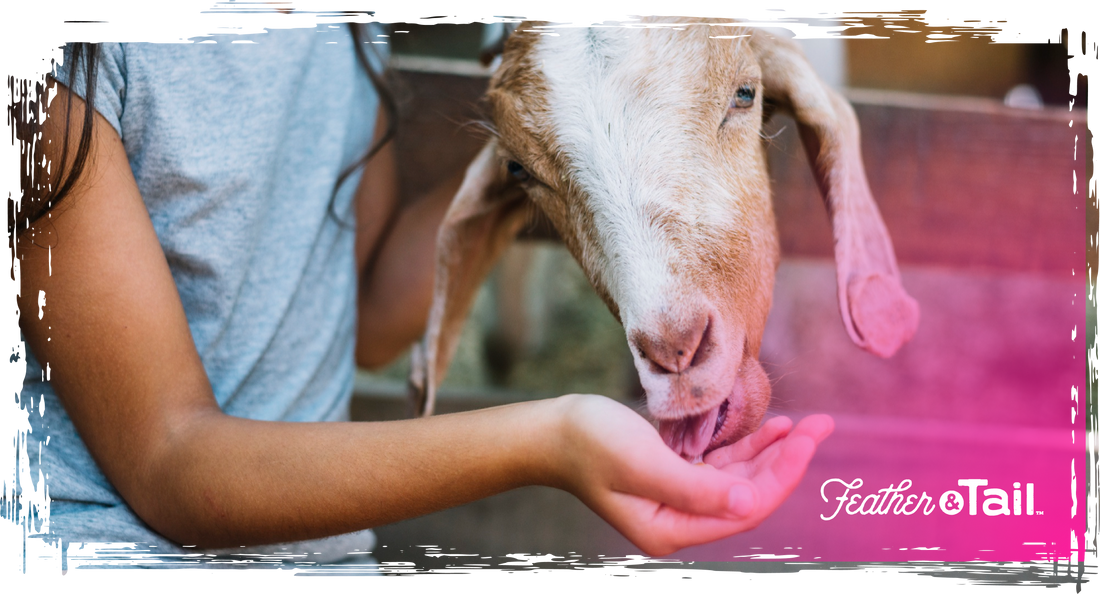How to Choose the Right Feed Based on Activity Level
My Store Admin
All feed is not created equal. Just like you wouldn’t fuel a marathon runner and a Netflix binger with the same diet, your animals need nutrition that matches their pace. Whether you’ve got high-energy chickens, laid-back goats, or a barn cat who only moves at snack time, choosing the right feed is essential for their health, mood, and performance.
Let’s break down how to match feed with energy output, and why activity level nutrition is one of the most overlooked pieces of proper animal care.
Why Activity Level Matters in Animal Diets
Every animal burns energy differently. Some are movers, grazers, and layers. Others prefer lounging in the shade or nesting quietly most of the day. Feeding them the same way can lead to problems like weight gain, nutrient deficiency, or sluggish behavior.
Choosing animal feed based on energy level helps you:
- Prevent overfeeding or underfeeding
- Support growth and productivity
- Improve overall animal performance
- Save money and reduce feed waste
Balanced diets aren’t just about ingredients. They’re about intention.
For High-Energy Animals: Feed for Performance
Think laying hens, working goats, free-range ducks, or bottle-fed babies in a growth spurt. These animals are constantly on the move, laying eggs, growing feathers, or burning calories exploring your property.
Feed for active animals should be higher in:
- Protein to support muscle recovery
- Fats for sustainable energy
- Calcium and phosphorus for bone and eggshell strength
- Electrolytes and vitamins for hydration and immunity
Look for complete formulas like Hen De La Creme by Feather & Tail. It’s designed to support animal performance diet needs with nutrient-rich, no-filler ingredients that actually fuel the hustle.
Feeding tip: Active animals often benefit from twice-a-day feedings to maintain consistent energy throughout the day.
For Low-Activity Animals: Feed Light, Feed Smart
On the other end of the spectrum, you might have animals with lower output, retired layers, indoor pets, broody hens, or goats during the off-season.
These animals still need proper nutrition, but their calorie needs are lower. Overfeeding can lead to obesity, digestive issues, and general crankiness.
Low activity feeding focuses on:
- Controlled calorie levels
- Moderate protein and fiber
- Digestive support like probiotics
- Low sugar and low-fat treats
Use balanced feed options designed for maintenance. Stay consistent with portions and avoid over-supplementing just because they’re cute.
Feeding tip: Grazing animals or coop dwellers can benefit from enrichment feeding like foraging blocks or scattered scratch to promote movement and reduce boredom.
Feed Selection Tips: Matching the Mix
Finding the right feed isn’t about chasing trends. It’s about knowing your animals, watching how they behave, and adjusting when needed. Here’s how to make smart choices:
- Monitor body condition and adjust portions accordingly
- Match protein and fat levels to energy output
- Choose non-GMO, organic, or clean-label feeds when possible
- Keep treats under 10 percent of the diet
- Don’t skip the supplements if your animals need extra support during seasonal changes or high-output phases
Still unsure? Our livestock diet guide is a great place to start if you’re new to feed tags and nutritional percentages.
Creating a Habit of Proper Nutrition
Feeding should be part of your animal care rhythm, not a rushed chore. Whether your animals are sprinting around the yard or lounging by the barn, creating a diet tailored to their lifestyle helps everyone thrive.
Proper animal nutrition reduces vet bills, boosts behavior, and makes your homestead operation more efficient and eco-friendly.
At Feather & Tail, we make feed for all types of animals, and all kinds of energy. High-vibe chickens? Chill backyard pigs? We’ve got you.



